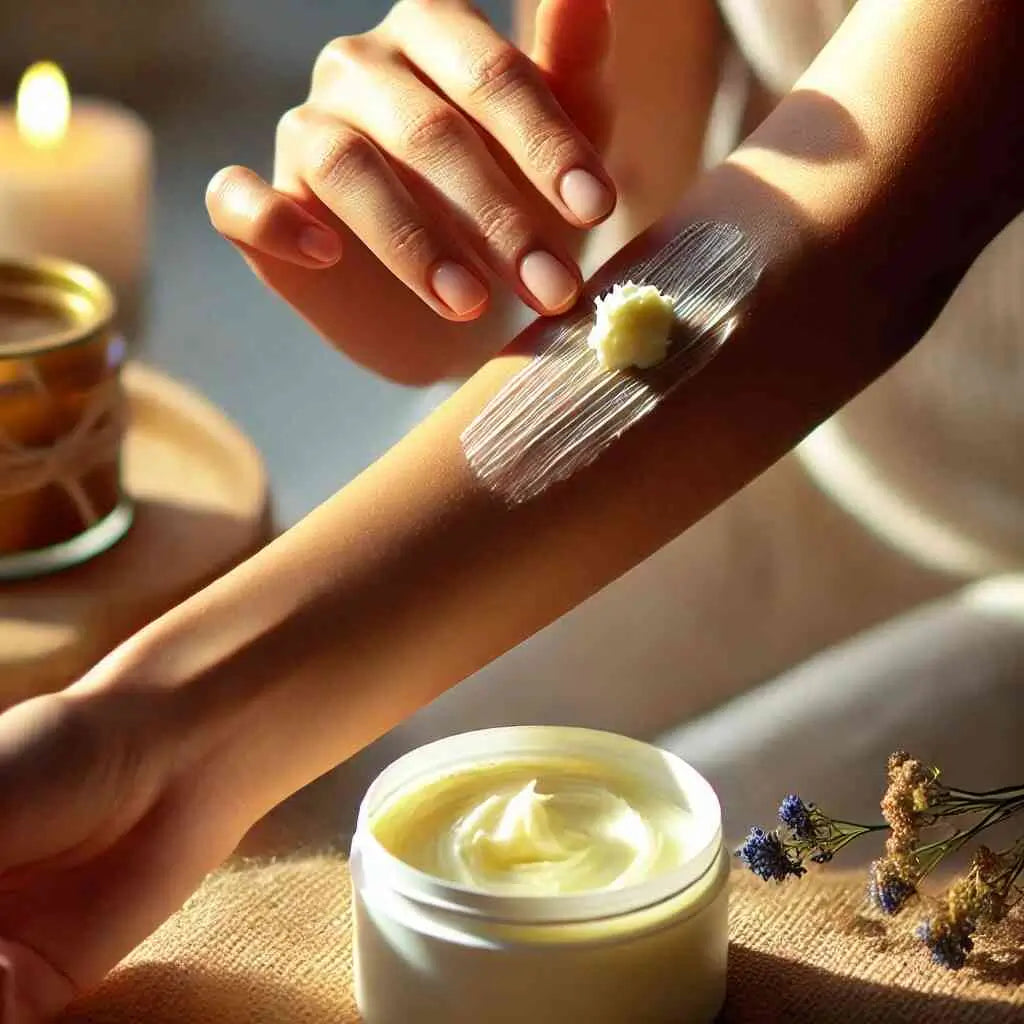
Shea butter reduces inflammation
More than just a skincare staple, shea butter (Butyrospermum parkii) is gaining recognition for its powerful bioactive compounds—natural chemicals that go beyond moisturization to offer therapeutic effects. In recent years, studies have highlighted shea butter’s anti-inflammatory and chemopreventive properties, making it a promising ingredient in functional cosmetics and natural medicine.
This article dives into the science behind shea butter's bioactives and their potential roles in inflammation regulation and cancer prevention.
What Are Bioactive Compounds?
Bioactive compounds are naturally occurring chemicals found in plants that affect biological processes in the body. In shea butter, these compounds not only nourish the skin but also influence cellular activity, making them of interest to dermatologists, pharmacologists, and oncologists alike.
Key Bioactive Components in Shea Butter
-
-
Triterpenes (e.g., α-amyrin, lupeol, butyrospermol)
-
- Known for anti-inflammatory, antioxidant, and wound-healing effects
- Inhibit enzymes like COX-2 and iNOS involved in inflammation pathways
-
-
Cinnamic Acid Esters
-
- Provide UV protection and antioxidant defense
- Exhibit antimicrobial activity
-
Phenolic Compounds
-
- Natural antioxidants that neutralize free radicals
- Help prevent oxidative stress, a known cancer trigger
-
Tocopherols (Vitamin E)
-
- Boost skin regeneration
- Reduce lipid peroxidation, protecting cell membranes
Anti-Inflammatory Benefits
Chronic inflammation plays a key role in aging and many diseases, including arthritis and psoriasis. Shea butter’s triterpenes are natural COX-2 inhibitors, similar in action to non-steroidal anti-inflammatory drugs (NSAIDs), but without the harsh side effects.
- Reduces redness, swelling, and skin irritation
- Helpful in eczema, rosacea, and dermatitis
- Aids recovery in post-sun exposure or minor wounds
Clinical studies have shown that shea butter reduces inflammatory biomarkers when applied topically.
Chemopreventive Potential
Chemoprevention refers to the use of substances to prevent or slow cancer development. While shea butter is not a drug, some of its compounds have shown promising anticancer activities in preclinical studies:
- Lupeol: Induces apoptosis (cell death) in abnormal cells
- Cinnamic acid derivatives: Inhibit tumor-promoting enzymes
- Antioxidants: Reduce DNA damage caused by oxidative stress
Ongoing research is exploring how these compounds can contribute to topical treatments in oncology and preventative skin care.
Applications in Modern Skincare & Wellness
Given its unique bioactive profile, shea butter is increasingly featured in:
- Dermaceutical creams targeting inflammation
- Anti-aging formulas
- Post-procedure skin recovery treatments
- Functional foods (in regulated doses, especially in West Africa)
Final Thoughts
Shea butter is much more than a moisturizer—it's a bioactive powerhouse. Its anti-inflammatory triterpenes, antioxidant phenols, and cancer-preventive compounds position it as a functional ingredient in both natural medicine and modern skincare.
Whether you're a formulator, researcher, or conscious consumer, understanding the science behind shea butter’s healing potential opens new doors for innovation and wellness.
Read more in the Journal of Oleo Science.
If you're interested in reading more information about Shea Butter, click here.
